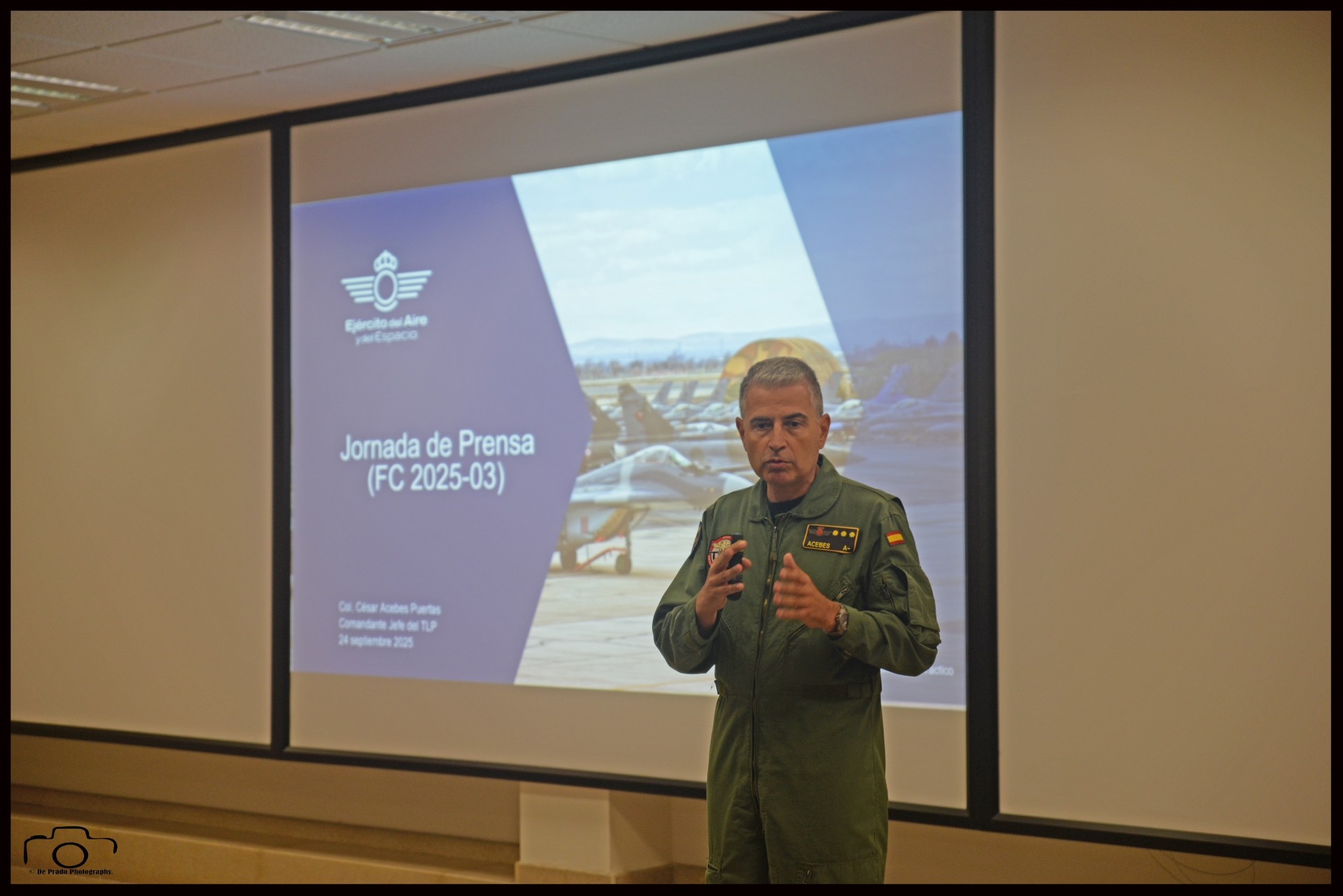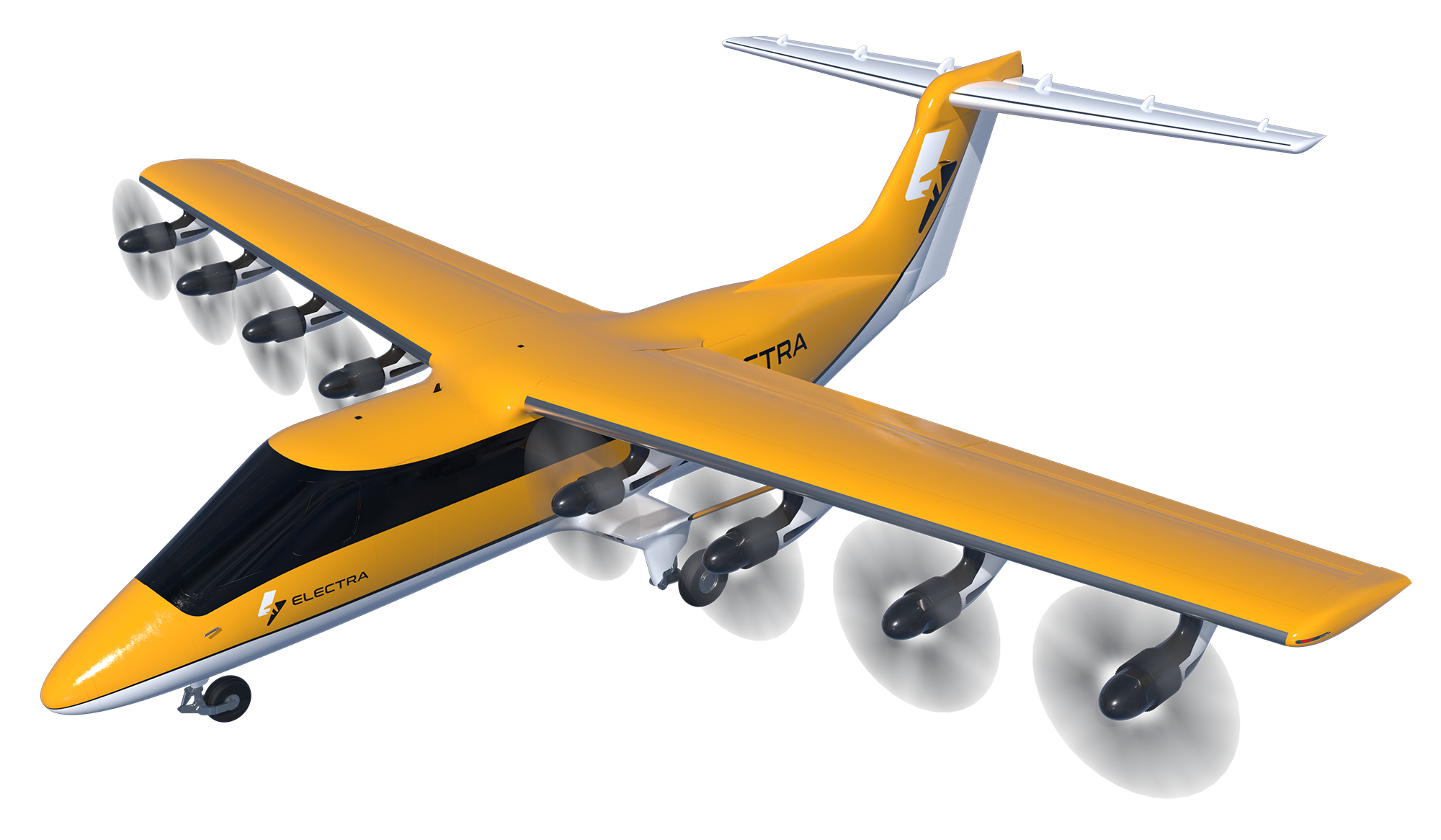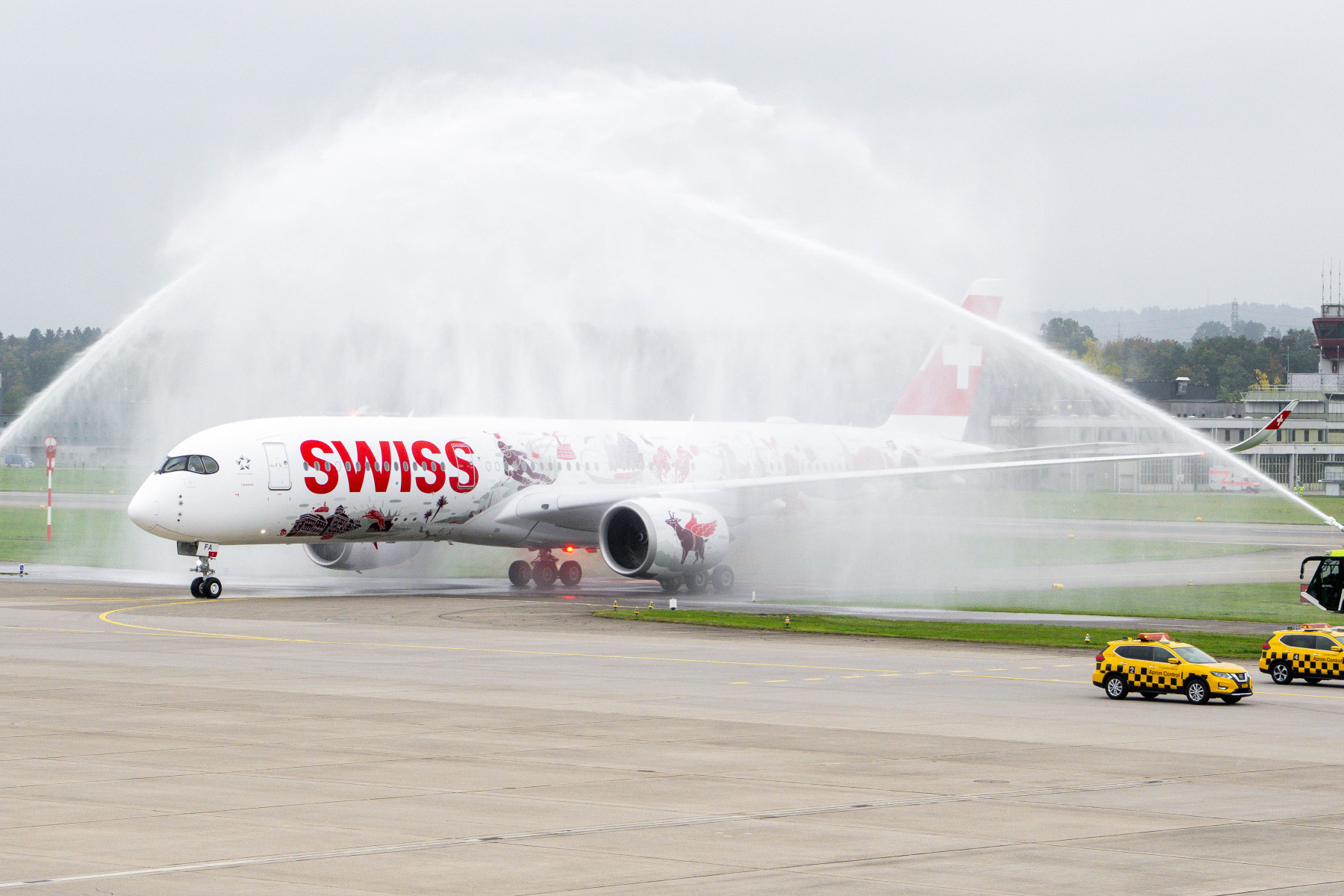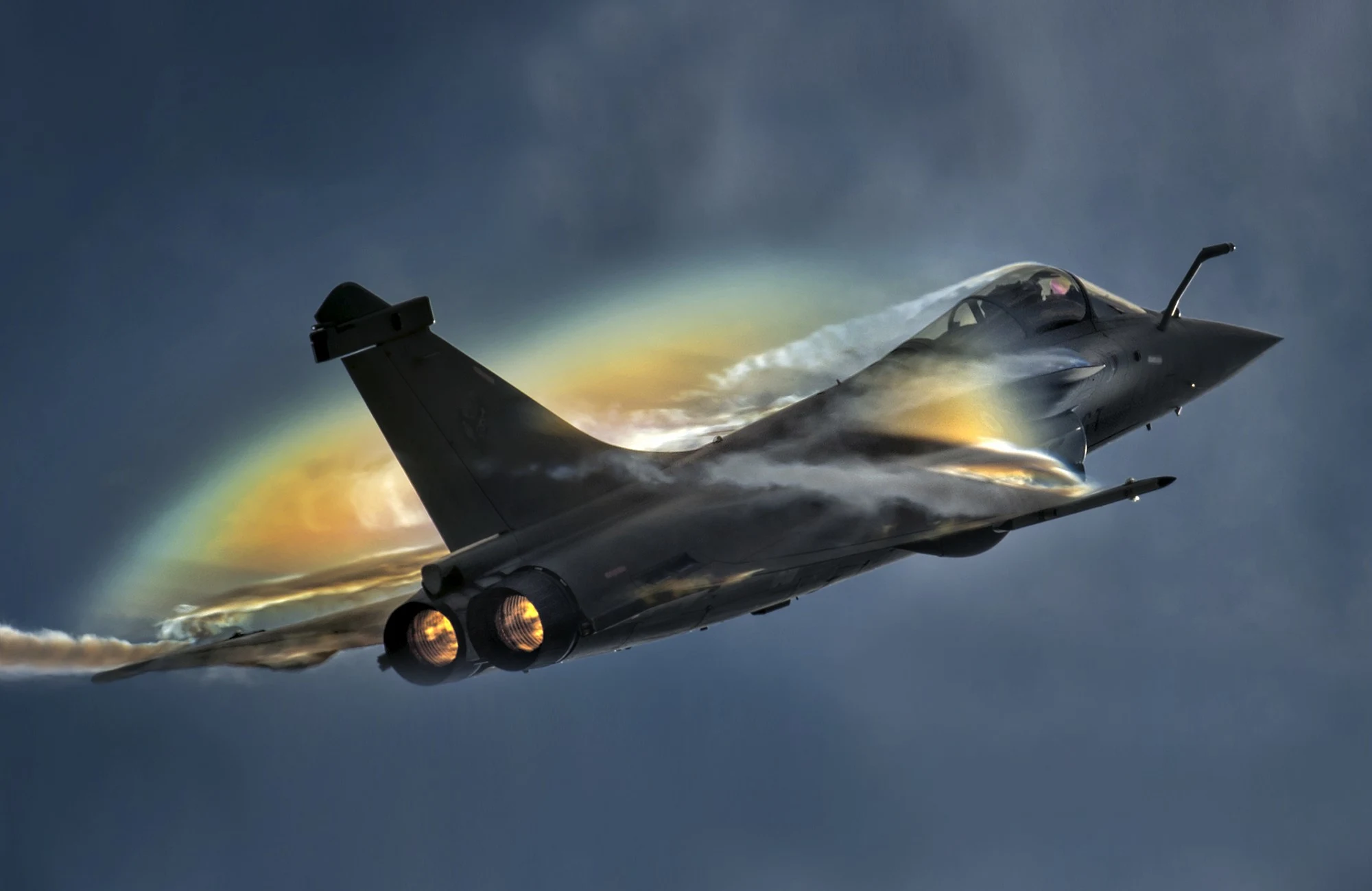Like other aviation segments, awareness of reducing the carbon footprint and consequently protecting the environment has also permeated executive aviation, a business area that is increasingly being targeted by environmental activist groups and, in some cases, extreme acts.
Beyond Aero, a pioneer in hydrogen-electric aviation, proposes with its project the development of a light jet concept capable of flying using a combination of hydrogen and electric power, thereby eliminating the use of traditional fossil fuels. They are focused on becoming a pioneering manufacturer with future solutions in the face of increasingly restrictive government restrictions and public pressure.
To achieve this ambitious goal, Beyond Aero aims to launch the first electric and hydrogen-powered light jet in 2030. Beyond Aero’s technical team faces numerous challenges. The first step is to accommodate one or more hydrogen fuel cells without taking up space in the cabin, while keeping in mind the potential weight increase of the aircraft.
Another stumbling block is economic viability. Regarding jet sales, its main competitors do not include environmental factors in their programs; after conducting extensive market research, they remain entrenched in the use of fossil fuels. Perhaps the private user or passenger does not prioritize this emission reduction factor over other aspects such as the aircraft’s speed and comfort.
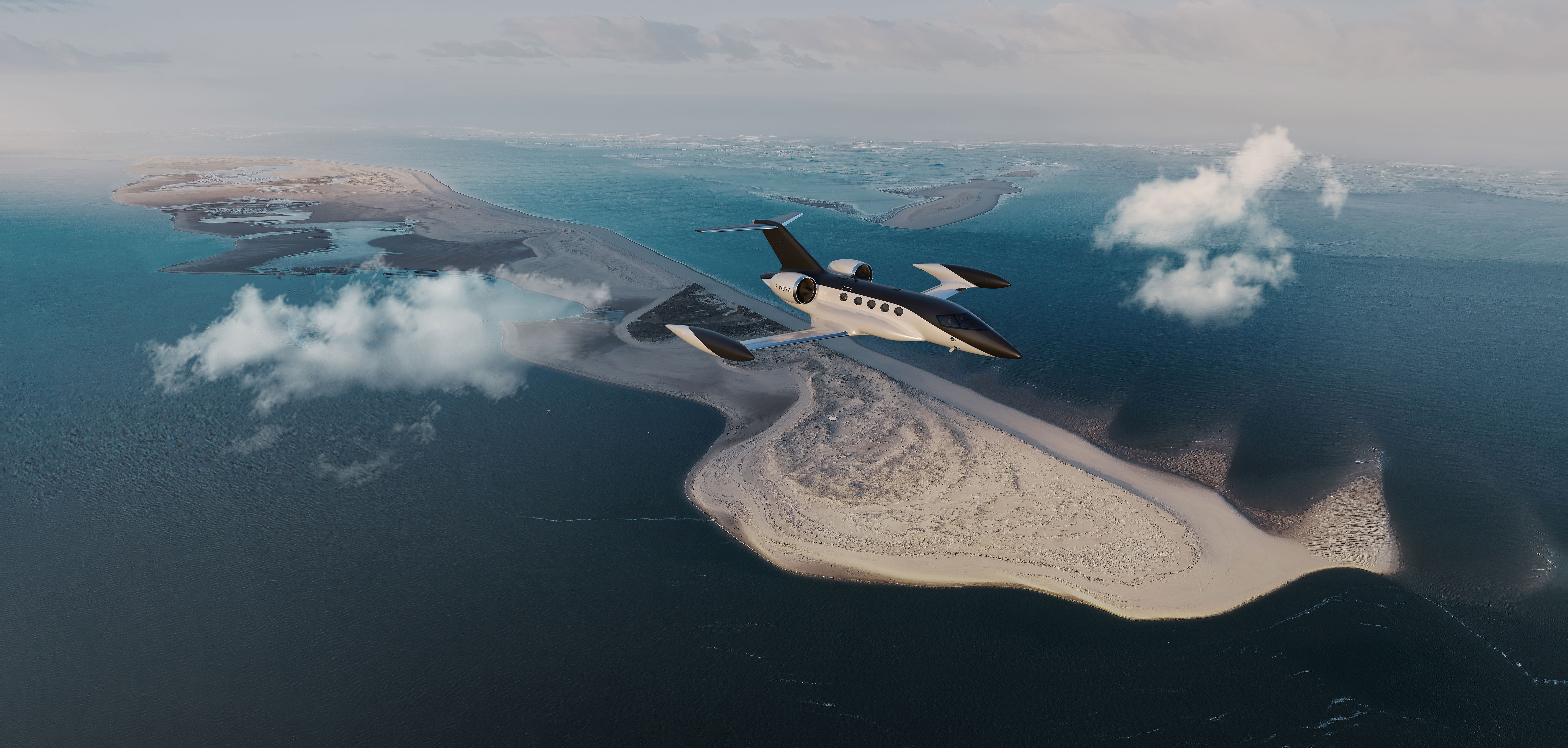
The key is in its engineering and innovation
Since the initial concept presentation at Le Bourget in June 2023, Beyond Aero has been fine-tuning the future aircraft’s hydrogen powertrain and working to accelerate certification and industrialization of these aircraft.
The BYA-1 is the first light electric jet designed to fly with hydrogen propulsion. The main design improvements are:
Battery-free hydrogen fuel cell system with built-in redundancy:
A modular architecture, with two electric motors fed by independent channels.
Improves fault resilience and scalability, while exceeding industry safety standards. Fuel cell capacity has been increased to 2.4 MW. .
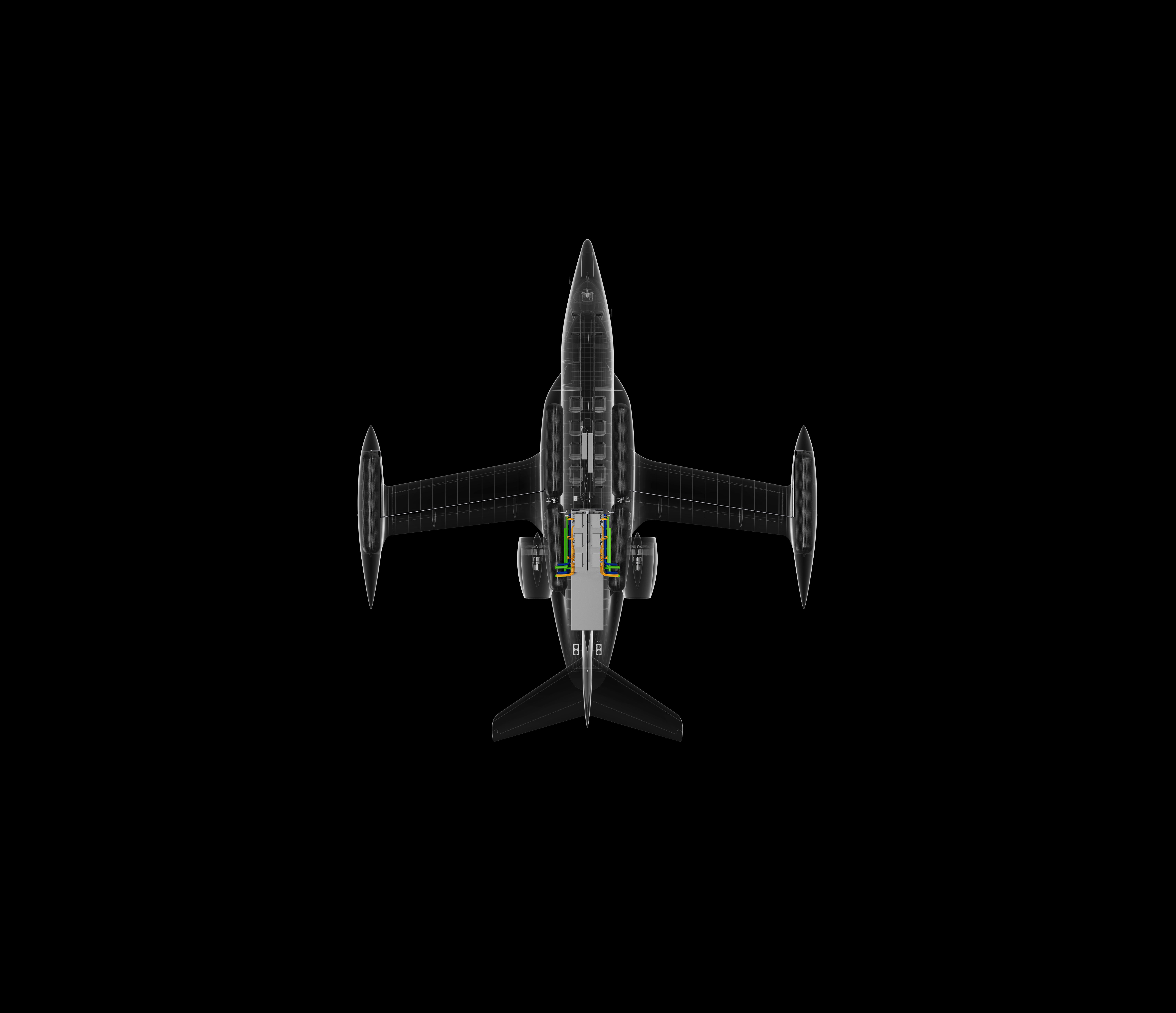
Optimized hydrogen gas tank placement for improved safety: The 700-bar fuel tanks are integrated above the wing box structure, improving crashworthiness.


